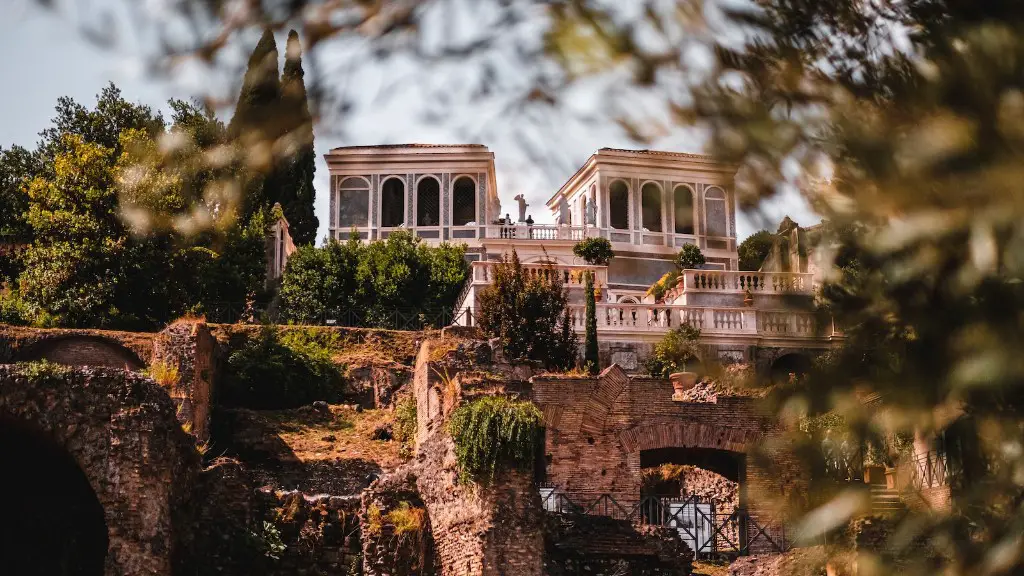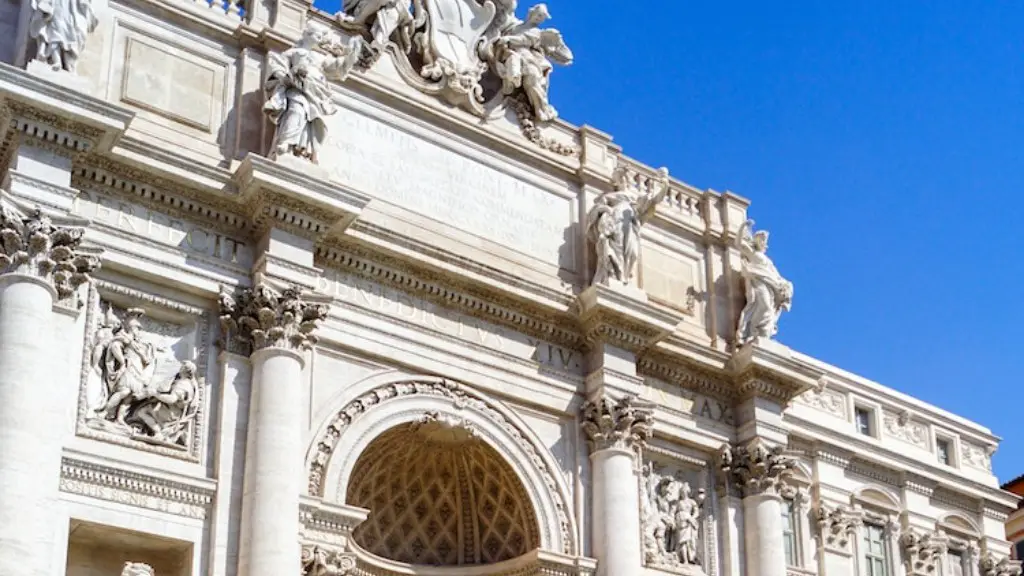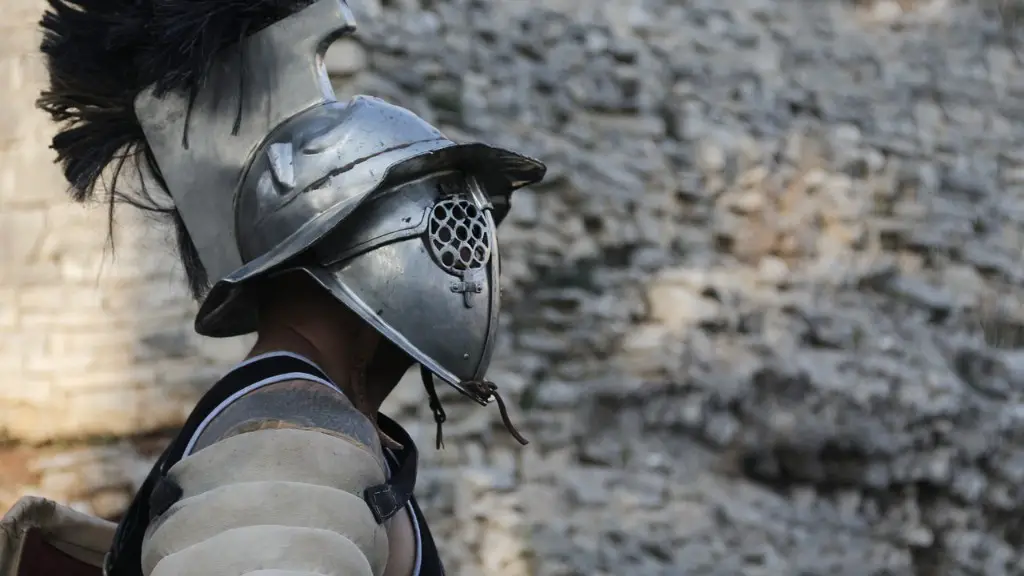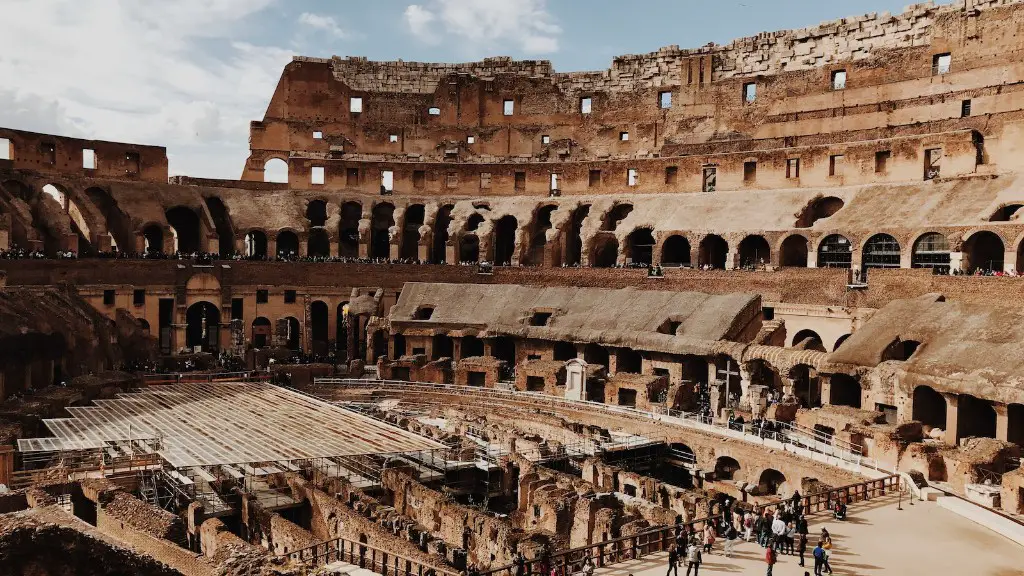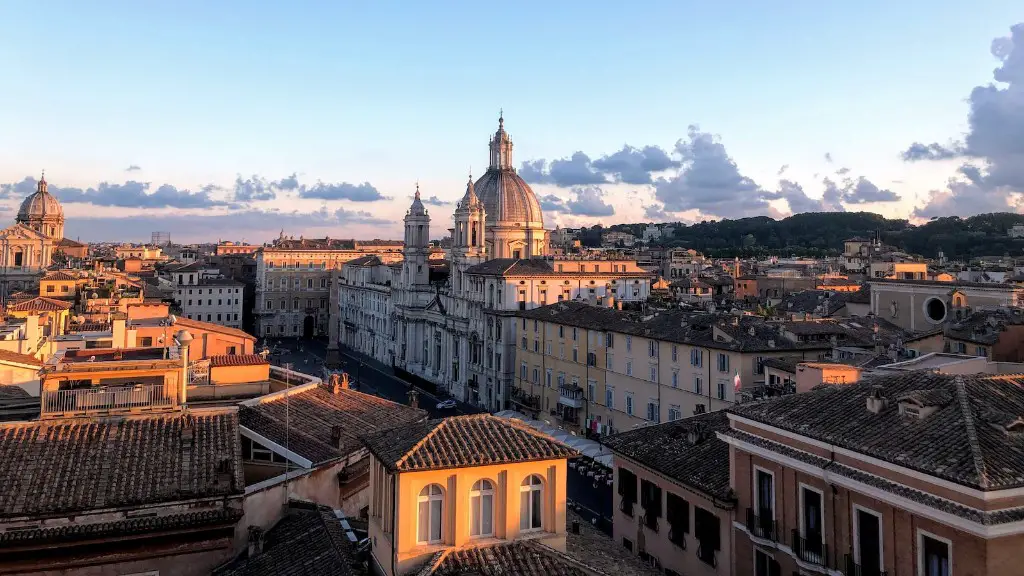Ancient Rome had a population of approximately 1.2 million citizens and was the largest city of its time, from the 8th century BC to the 5th century AD. The city was an extraordinary complex of lanes, plazas, avenues and markets, as well as buildings that have gone down in history. From the Colosseum to the Baths of Caracalla, Rome was home to some truly awe-inspiring sights. The city was also a vibrant cultural, commercial and political capital of the Roman Empire, so let’s take a closer look at what it must have been like to actually live in this incredible city.
We can begin by imagining the sensory overload of Roman life. Intricately decorated monuments in all kinds of vibrant, vivid colours loomed high above, designed to wow and impress anyone who laid eyes on them. Then there were the dazzling cafés, restaurants and venues that were scattered throughout the city, drawing in patrons from all over the empire who sought out delicious flavours and novel treats. As our feet walked the cobbled streets over and over, we got to pass by the bustling noise of markets, overhearing the busy conversations and haggling of merchants selling from stalls.
Laws and rules were tightly enforced in the city so that justice and safety could be maintained. Regulations on food storage were particularly strict and were put into place to prevent the spread of disease, whilst temples, churches and other religious sites provided a spiritual sanctuary for many in the city and gave Roman citizens a sense of safety and order.
The social structure was also unique to the city and hierarchical levels of privilege were based on work, wealth and age. Just like any other city, class boundaries were set and opportunities for social mobility were scarce. For the wealthy citizens, the options were abundant when it came to entertainment and leisure activities such as theatre, concerts, chariot races and gladiator games.
Life in Ancient Rome was certainly not without its hardships, as sanitation and public health problems were rampant, plague outbreaks occasionally devastating and violence was all too common. Yet in spite of this, Roman citizens managed to go about their daily lives. They worked, they traded, they married and they celebrated together, and it could be argued that this is what created such a resilient and thriving culture. This culture was marked by ambition, pride and ambition, and one that continues to captivate our imaginations even today.
Free Entertainment and Education
For all citizens, free entertainment and education was available, in the form of amphitheaters, theatres, and public parks. The Colosseum and Circus Maximus were two of the most popular places for entertainment and sports, whilst the Pantheon was an incredible edifice built to honour the gods of the Roman pantheon. Cues from Roman architecture, art and culture still inspires many of the buildings and landmarks around today, drawing visitors in from across the globe.
Education too was widely available as there were numerous academic institutes and schools that taught everything from philosophy to law and engineering. Libraries were also well stocked with volumes from all parts of the world, offering citizens the chance to explore different cultures by reading the works of authors from far-away places.
Finally, it is worth mentioning the vast network of waterways that ran through the city and its surroundings, delivering fresh drinking water to the baths and providing a means of transport between the different towns and villages of the empire.
Infrastructures
When it comes to infrastructure, ancient Rome had a well-developed network of roads and bridges that enabled efficient movement of people and goods around the city and beyond. The city was home to an incredibly advanced network of sewers and aqueducts that brought fresh water from the surrounding hills, whilst its harbour along the Tiber River provided the city with a convenient access point to overseas imports and exports.
So, was it really a pleasant place to live? Well, for those of us lucky enough to possess wealth and status, life in ancient Rome probably wasn’t that much different from that of the rich and privileged in any big city nowadays. Those who enjoyed the full privileges of Roman citizenship, such as the access to educational institutions and the legal protection of their rights, were likely to appreciate their lives and make the most of the opportunities available to them.
Public Markets & Food
Public markets were a plentiful source of food in Rome, where merchants sold everything from bread and grains to meat and dairy products. Fruits and vegetables were also available in abundance, and it is said that Romans were particularly fond of pomegranates and grapes. Seafood was also a common delicacy, and it was not uncommon to find octopus, mussels and sea urchins served at dinner tables in the city.
Additionally, many Roman citizens kept domesticated animals such as chickens, goats and pigs. These animals were kept for their eggs, milk, and meat – it was common for a family to have several pets, such as cats, dogs, and even peacocks!
Rome was also an important centre for wine production and most citizens had access to a variety of vintages, many of which went on to become renowned worldwide. Wine was even served as part of religious ceremonies and was seen as a symbol of wealth and sophistication, so it was no surprise that citizens enjoyed it for its flavour, as well as its recreational value.
Healthcare Services
The Roman Empire offered many healthcare services, including free medical care for soldiers, the poor and the elderly. People who were able to pay could also enjoy the services of private physicians, and these came with a wide range of treatments, from herbal remedies to surgical procedures. Medical schools also existed to provide doctors with the necessary knowledge and skills.
In addition to that, public and private bathhouses were common places where citizens could cleanliness, enjoy hot baths, and even partake in leisure activities like reading, napping and socializing. The baths were also a favored spot for discussion, business and political meetings.
Urban Development
The Roman Empire was all about urban development, with the ambitious construction of roads, aqueducts, temples, and homes. As Rome grew and became an increasingly prosperous and powerful capital of the world, the city’s architecture and infrastructure kept developing, creating countless monuments and structures that astounded the world.
The Flavian Amphitheatre, more commonly known as the Colosseum, is perhaps the most iconic reminder of the grandeur of ancient Rome, and it remains a marvel to this day. The Pantheon is also another remarkable structure, being one of the oldest functioning architectural edifices in the world.
Arches, vaults and domes were also commonly used as building styles, many of which were listed as part of the World Heritage Site in 1980, and still in great condition.
Engineering Achievements
Ancient Rome is also known for its amazing engineering accomplishments, such as the creation of a highway system, the first water clock, public toilets, and water pumps. These inventions enabled everyday Roman citizens to enjoy running water, indoor toilets, and an efficient transportation system.
The Romans also made enormous strides in the fields of mathematics, astronomy, engineering and architecture, with some of their discoveries still being used in medicine, architecture and engineering. By mastering the use of the arch and column, the Romans were able to construct structures that could support enormous weights, many of which still stand today.
The Roman Empire collapsed in 476 AD, after ruling much of Europe and the Mediterranean world for over 1000 years. Today, the impressive structures and engineering feats built by the Romans still stand, as a reminder of their incredible genius and engineering expertise.
